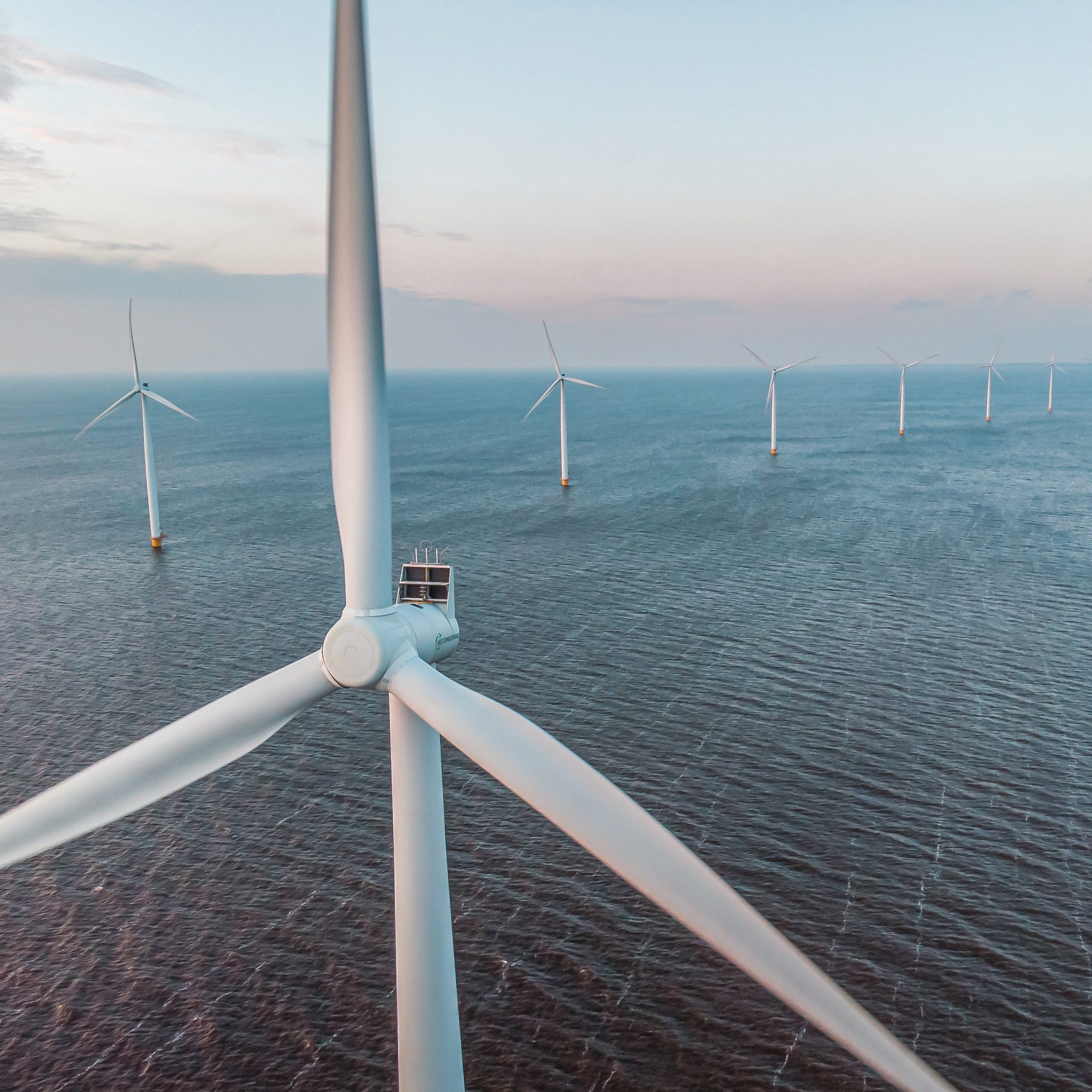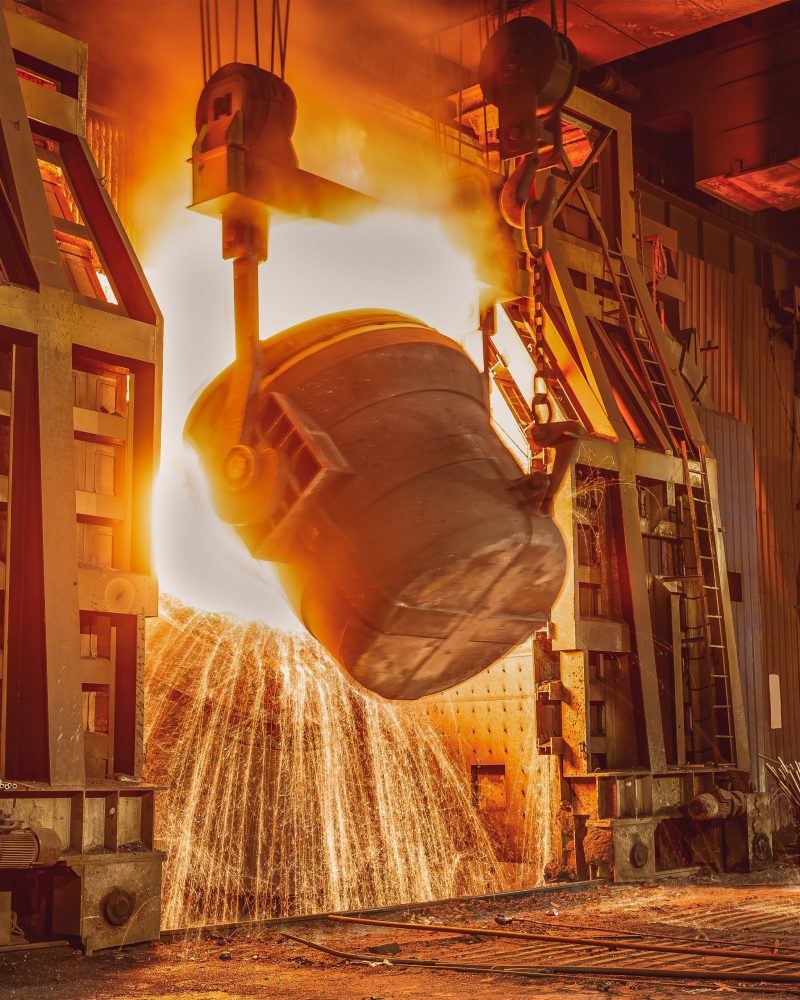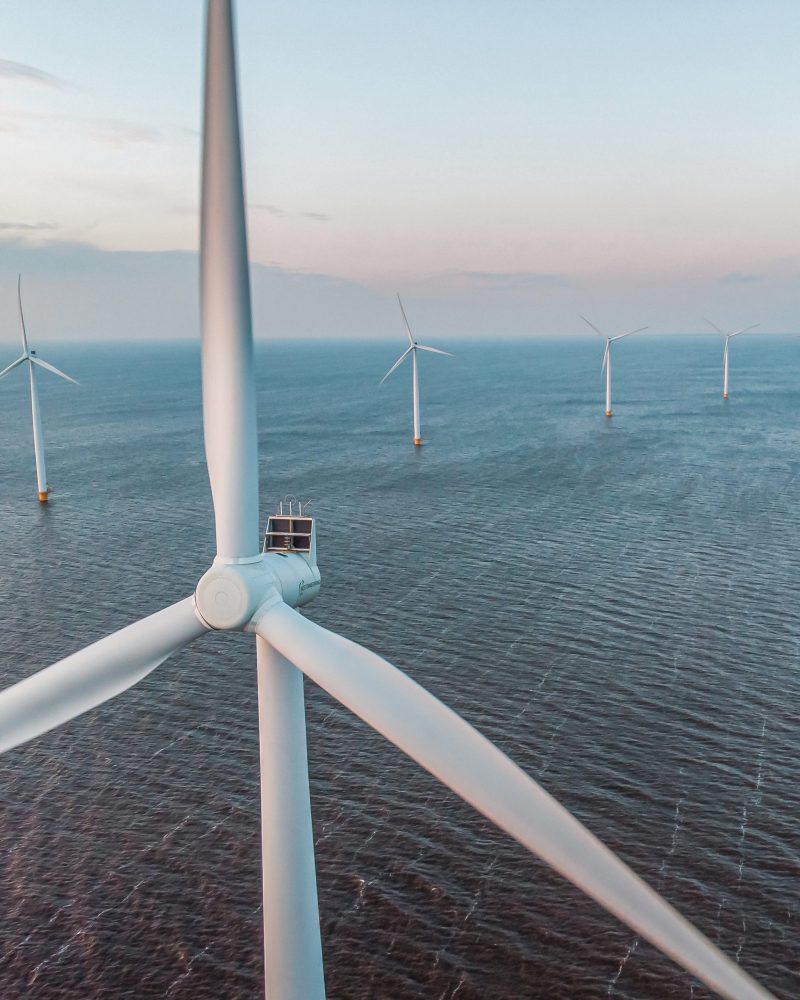The transition to low carbon electricity will have a transformative effect on the fight against climate change. Electricity generation itself is responsible for around 27 percent of global greenhouse gas emissions, but if we could use clean electricity instead of the dirty energy sources currently powering many other processes – such as manufacturing and transportation – we could rapidly reduce their environmental impact too.
Around two thirds of the world’s electricity is still generated by burning coal, oil and gas, despite their disastrous impact in terms of carbon emissions. The rapid phasing out of fossil fuels for electricity generation should be one of the easiest wins in the global fight against climate change. While storage and transportation still present challenges, the technology has been proven to work at scale, and is improving all the time. Using it will only become more important as global demand for energy rises.
Electricity demand is due to increase by 4.5 percent in 2021. This is almost five times greater than the [pandemic-related] decline in 2020.
Global Energy Review report, 2021
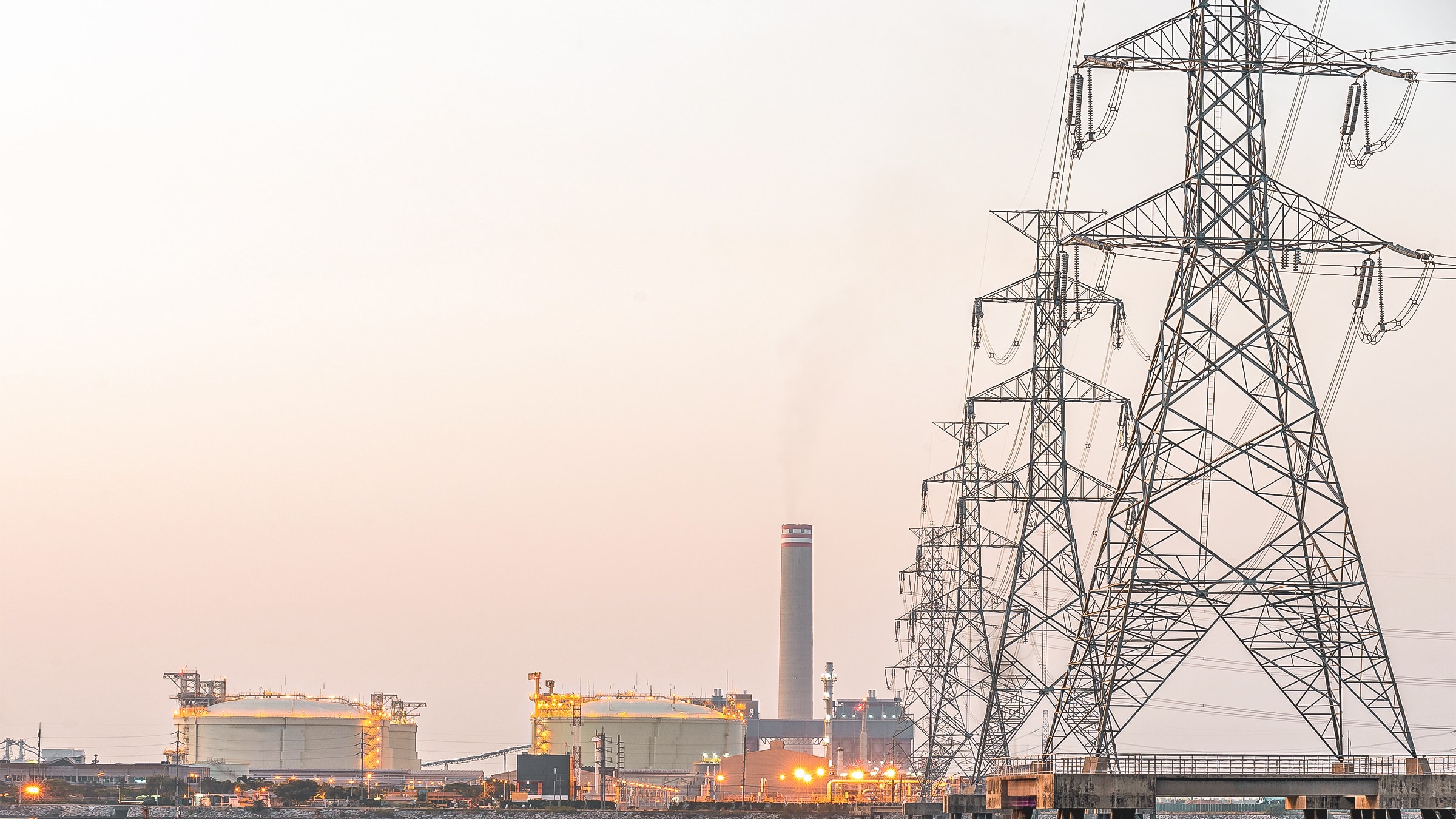
Clean power is essential for a greener future
Clean power is essential for a greener future
The technology around solar powered electricity generation has come on in leaps and bounds over the past few decades, as photo-voltaic cells become increasingly efficient. Like wind turbines, solar facilities can face issues with what’s known as ‘intermittency’. Put crudely, they can’t generate power if the sun’s not shining (or in the case of wind, the wind isn’t blowing). But improved batteries and other electrical storage technologies are making this less of an issue. Using a good mix of renewable energy sources will help ensure it’s not a major problem.
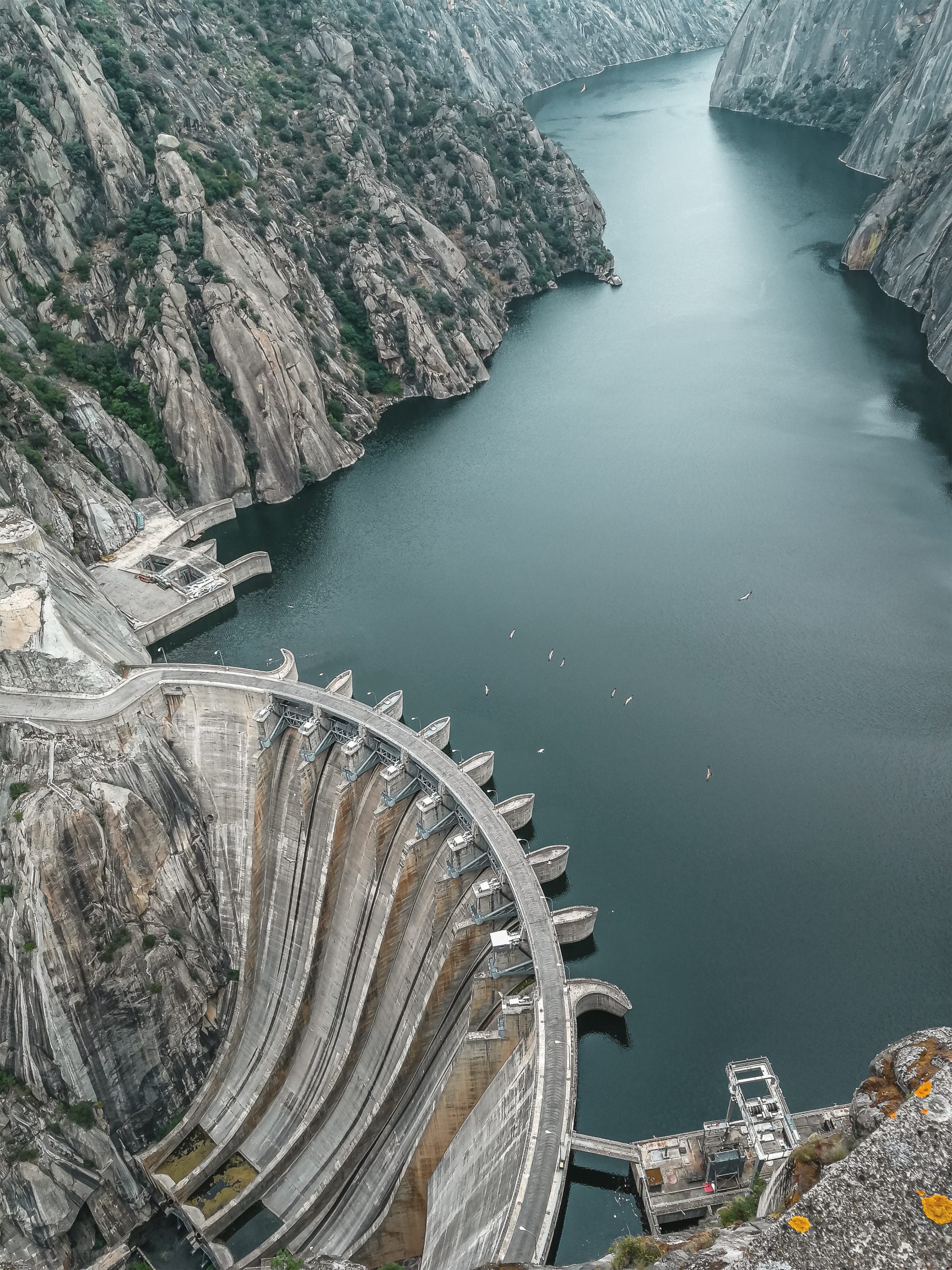
Hydro-electric
Hydro-electric power – which is generated by water running downhill through turbines, often from a dam – was traditionally the most widely-used form of renewable energy, although wind is now giving it a run for its money. While hydro-power is not without its issues (damming rivers can have a disastrous effect on ecosystems, for example) most energy experts agree it will play a part in helping the world reach its zero-carbon goals.
Wind power
From medieval windmills used to grind grain into flour, to today’s off-shore, high tech wind turbines, wind power has long been on our radar. According to the International Energy Agency, Wind is set to be the fastest growing source of renewable energy in the world by the end of 2021, with China leading the way in terms of building new capacity.
Nuclear power
Energy experts and environmentalists often disagree on the role nuclear power should play in helping decarbonise the electricity sector worldwide. Nuclear fusion is the super-low-impact holy grail, but can’t be done at anything like the scale needed. Nuclear fission (ie. conventional nuclear power) is ‘clean’ in terms of greenhouse gas emissions, but generates highly toxic radioactive waste which must be handled very carefully. High profile accidents like Chernobyl and Fukushima haven’t helped its public reputation. Yet these are outliers, and statistically, nuclear fission remains very safe.
Nuclear fission is the safest form of energy humans have ever produced. The mortality per kilowatt hour generated is less than that of most other energy sources, and comparable to solar and wind.
Climate Primer
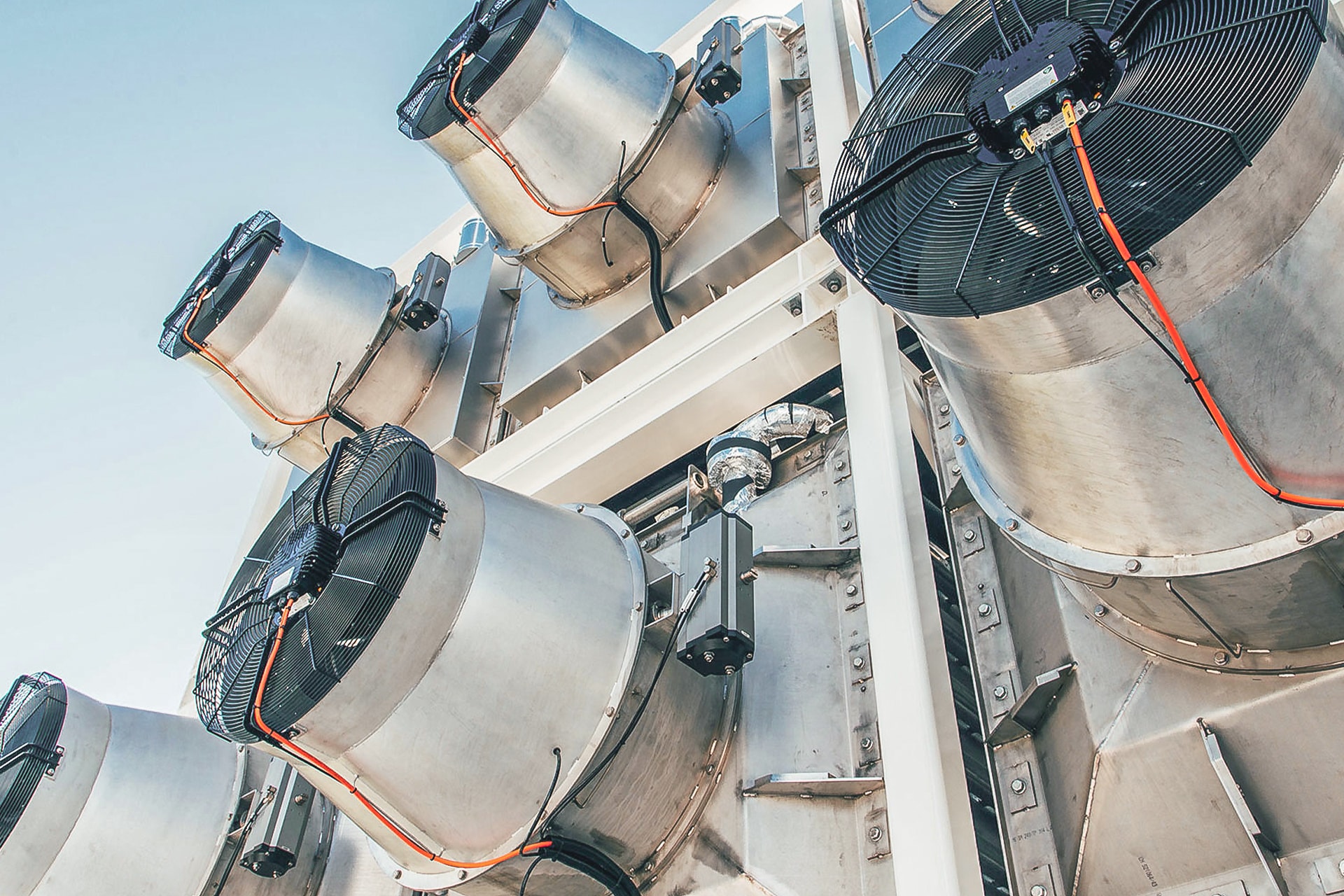
Carbon capture
Carbon capture, utilisation and storage (CCUS) is the name given to technology that captures greenhouse gas emissions at their source to prevent them reaching the atmosphere. Like renewables CCUS technology is improving in efficiency all the time. Most energy experts believe CCUS will have some role to play in helping decarbonise the electricity sector, but that it should not be seen as a replacement for renewables.
